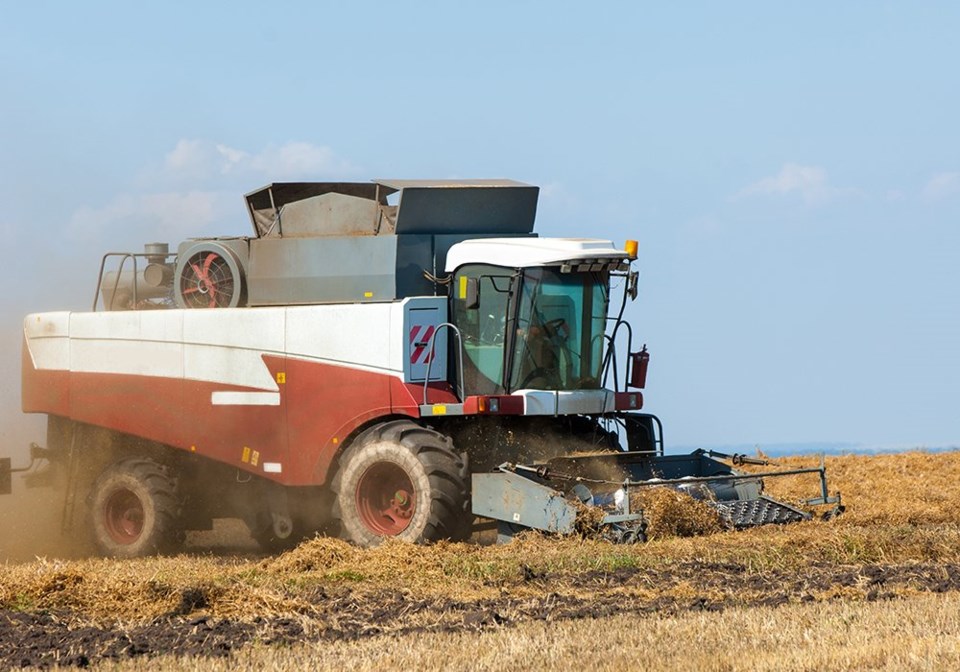WESTERN PRODUCER — The world's second largest pea producer is waging a war that could damage its ability to export the product.
Russia is forecast to produce 2.63 million tonnes of the pulse crop in 2022, second only to Canada's 3.49 million tonnes, according to Stat Publishing.
That would be a big rebound for both countries after harvesting dismal crops in 2021.
Ukraine is a much smaller player by comparison with a forecasted 515,000 tonnes of production.
The big question is — will Russia be able to get its peas to market in the upcoming crop year?
The Ukrainian Grain Association is calling on foreign companies to cease operations in Russia and to stop buying Russian goods.
"The continuation of activities in the aggressor country and co-operation with Russian businesses by any foreign company will mean that international business is profiting by financing the murder of innocent
Ukrainians, including women and children," the association said in a statement published by UkrAgroConsult.
Russia exported 1.2 million tonnes of peas in 2021, a 69 percent increase over the previous year, according to APK-Inform.
Turkey was the biggest buyer that year, purchasing 277,000 tonnes, followed by Bangladesh at 216,000 tonnes and Italy at 174,000 tonnes.
Stat Publishing analyst Brian Clancey said Turkey has indicated it does not intend to impose sanctions, arguing that at least one NATO country needs to maintain ties with Russia.
"Many other countries want to avoid sanctions for fear of being drawn into the kind of geopolitical alignments that existed during the Cold War," Clancey wrote in a recent article.
Marlene Boersch, managing partner of Mercantile Consulting Venture, agrees that Turkey is unlikely to ban Russian peas in 2022-23.
"Turkey is completely dependent on (Russia's) energy. They're not going to do anything. They're friends," she said.
India and China are other markets friendly to Russia. However, Russian and Ukrainian peas are not yet approved for import into China due to phytosanitary issues, although Ukraine was getting close to resolving that trade barrier.
Boersch believes the European Union is one market that could ban Russian peas, creating opportunities for other exporters including Canada.
Clancey noted that feed grain prices in the European Union have escalated due to fears that Ukraine won't be able to export its 2022-23 wheat, corn and barley crops.
That is making peas more competitive among feed markets in Spain and Italy.
"Canadian exporters hope to benefit," he said.
Determining what markets will buy Russian peas is a moot point now because Black Sea ports have effectively been closed to commercial traffic.
Boersch thinks the country already shipped most of its old crop peas, so the concern is more about whether the Russian ports will reopen for business in time for the new crop harvest.
Clancey said soaring insurance costs are another deterrent to trade.
War risk and breach premiums have climbed to between one and five percent of the value of the cargo from 0.025 percent prior to the outbreak of hostilities. That will dramatically increase Russia's freight costs.
Boersch said another factor to consider is that Russia consumes a lot of peas domestically in its livestock feed markets and more peas may move into that channel if exports are restricted.




